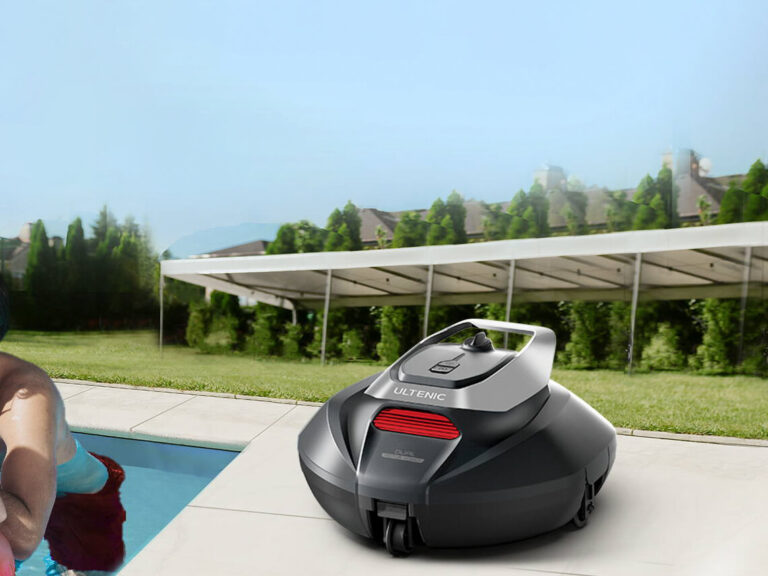Having good teeth is wealth in itself. After all, dental fillings can easily cost thousands or even tens of thousands of dollars, and toothaches can make even a 7-foot tall tough guy bend over in pain. Therefore, protecting your teeth is extremely important. From a young age, we all learn various correct brushing techniques:
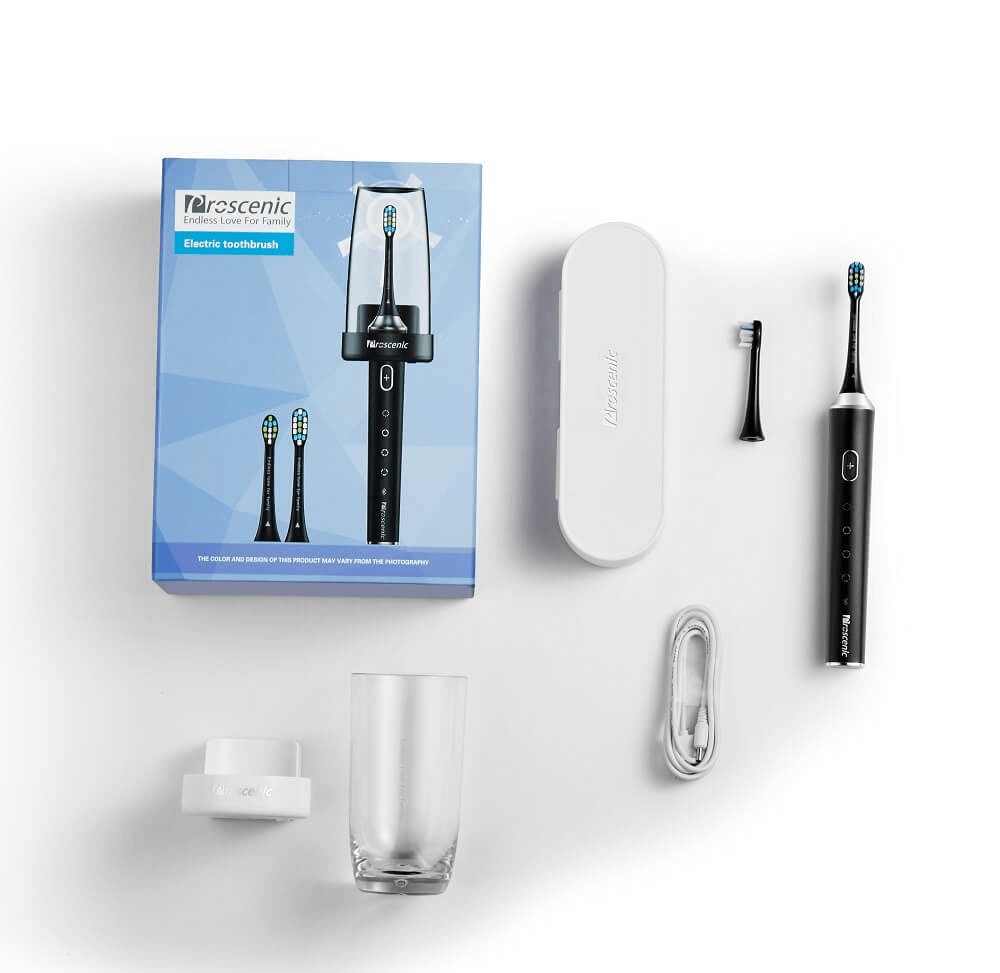
How to use an electric toothbrush?
The brushing time should be at least two minutes each time.
The correct angle for brushing teeth is to tilt the toothbrush upwards by 45 degrees when brushing upper teeth, and downwards by 45 degrees when brushing lower teeth.
Besides the brushing technique mentioned above, the choice of toothbrush is also important. A study conducted by Harald Loe, a famous Norwegian periodontist, found that high-end acoustic electric toothbrushes can improve cleaning efficiency by more than 35% compared to traditional brushing methods through high-frequency left and right swinging, while causing relatively little damage to teeth. In addition to cleaning the surface of the teeth, it can also provide deep cleaning for the teeth.
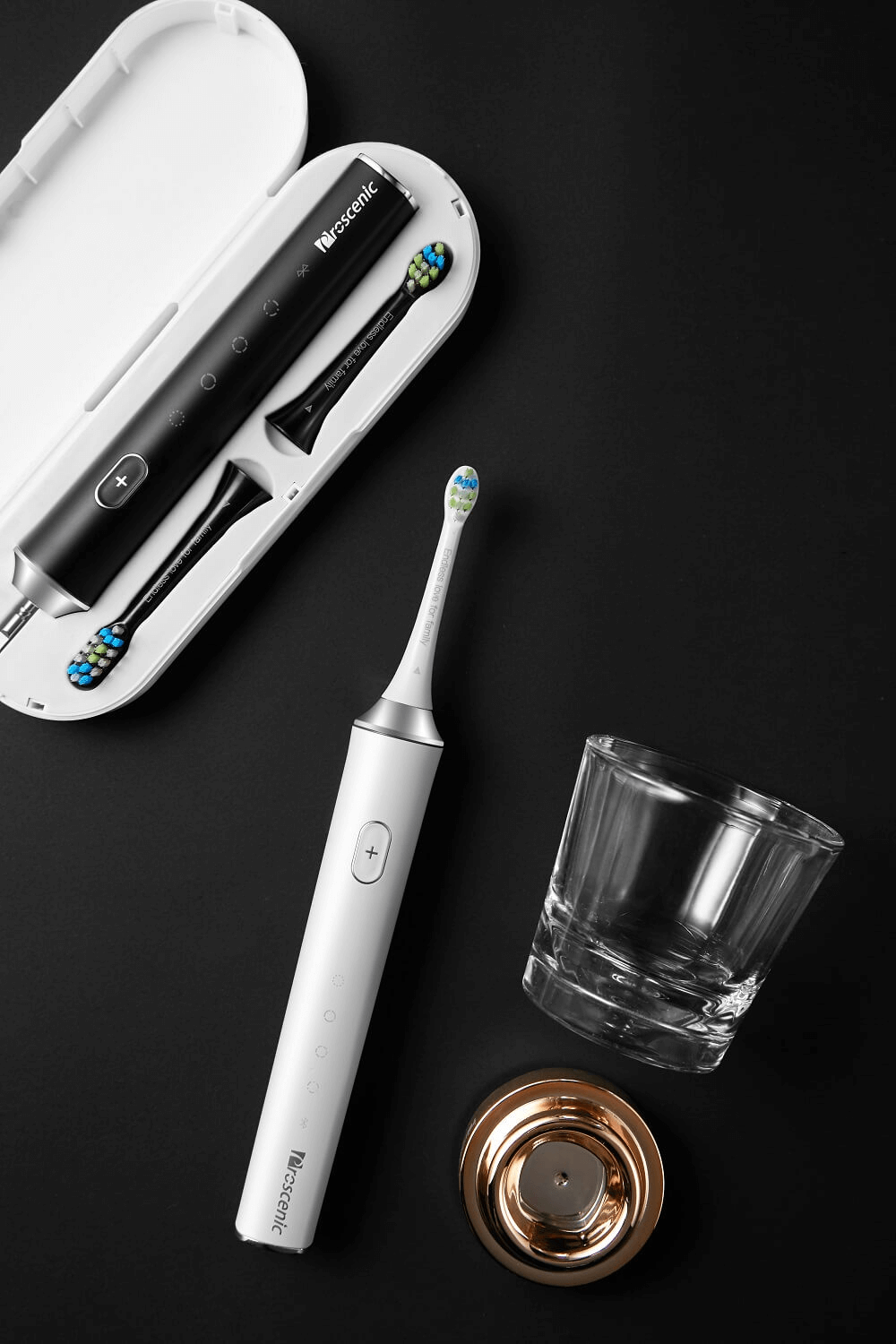
Method of using an electric toothbrush:
In order to protect our teeth, let's take a look at the Proscenic H600w electric toothbrush, which features intelligent and scientific brushing, long-term standby, bacterial isolation and sterilization, making it very friendly for people with oral problems.
Here are some tips on how to use an electric toothbrush correctly:
- Don't brush too hard
It's important not to brush too hard when using an electric toothbrush.
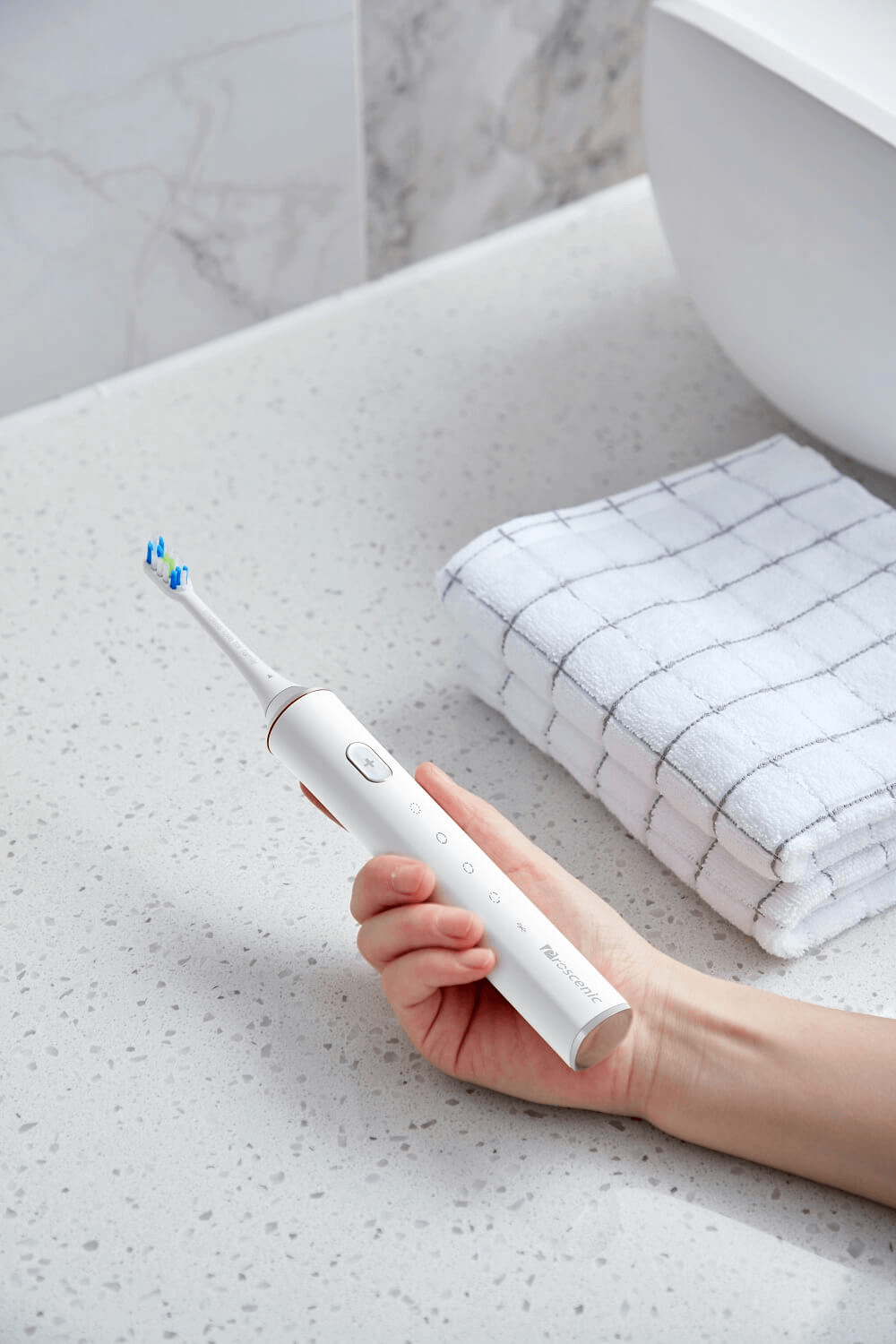
I'm not sure if there are cute little things like instant noodle sauce. When using a traditional toothbrush, people often brush their teeth very hard. They believe that the harder they brush, the better results they will achieve. However, when using an electric toothbrush for seasoning, they use the same strength as they would with a regular toothbrush. Eventually, bleeding gums and toothaches occur that last for several days.
In fact, electric toothbrushes have strong cleaning abilities on their own, so it's unnecessary to apply extra force while brushing. Only normal pressure is needed to ensure effective cleaning without causing damage to the mouth.
- Squeeze toothpaste vertically onto the brush head.
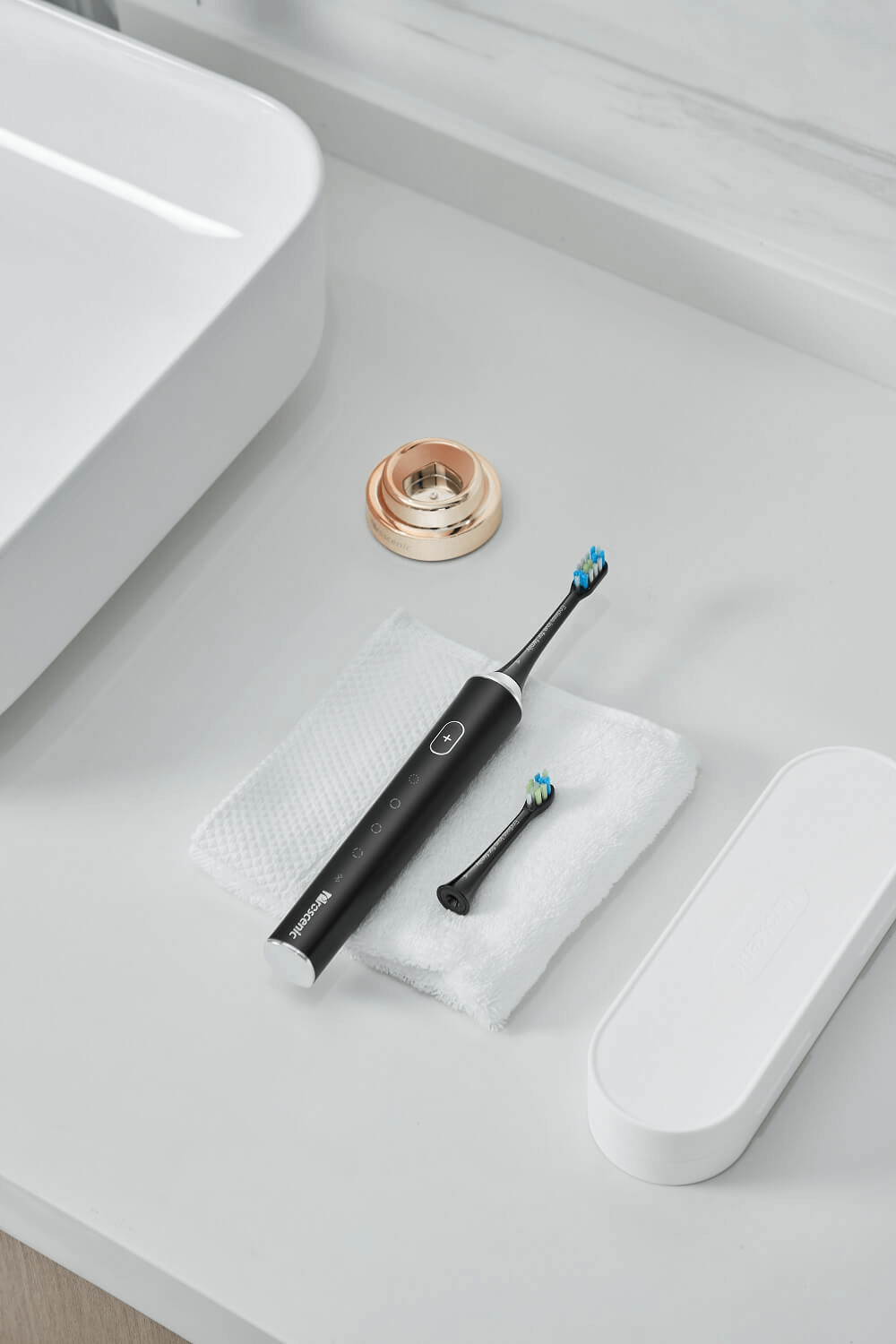
When using a traditional toothbrush for seasoning, people tend to squeeze out a lot of toothpaste and in any shape they want. However, when using an electric toothbrush, the toothpaste can fly everywhere since it's squeezed out in the same way.
In fact, the correct method is to squeeze the toothpaste vertically onto the brush head and align it with the gap between the bristles. Additionally, since electric toothbrushes have strong cleaning abilities, only a pea-sized amount of toothpaste is needed to avoid splashing toothpaste all over.
- Start with the lowest speed
Compared to traditional toothbrushes, the biggest advantage of electric toothbrushes is their high-speed vibration. There are different cleaning modes available that can be chosen according to different needs.
However, for beginners, teeth may not be able to withstand such strong vibrations at first, so it's recommended to start with a lower vibration frequency and gradually adjust to a higher level. If the electric toothbrush has a specific sensitive cleaning mode, that can be used as a starting point as well.
The Proscenic H600w electric toothbrush on the market has an ultra-high-frequency vibration motor that can reach up to 42,000 times per minute. Compared to manual toothbrushes, its cleaning efficiency is increased by 110 times. Using toothpaste, it produces less foam, making the toothpaste more effective. The magnetic suspension technology can drive water flow and air, allowing the bristles to penetrate into the blind spots of teeth cleaning, such as food residues and plaque, resulting in more thorough and meticulous cleaning.
- Brush head selection
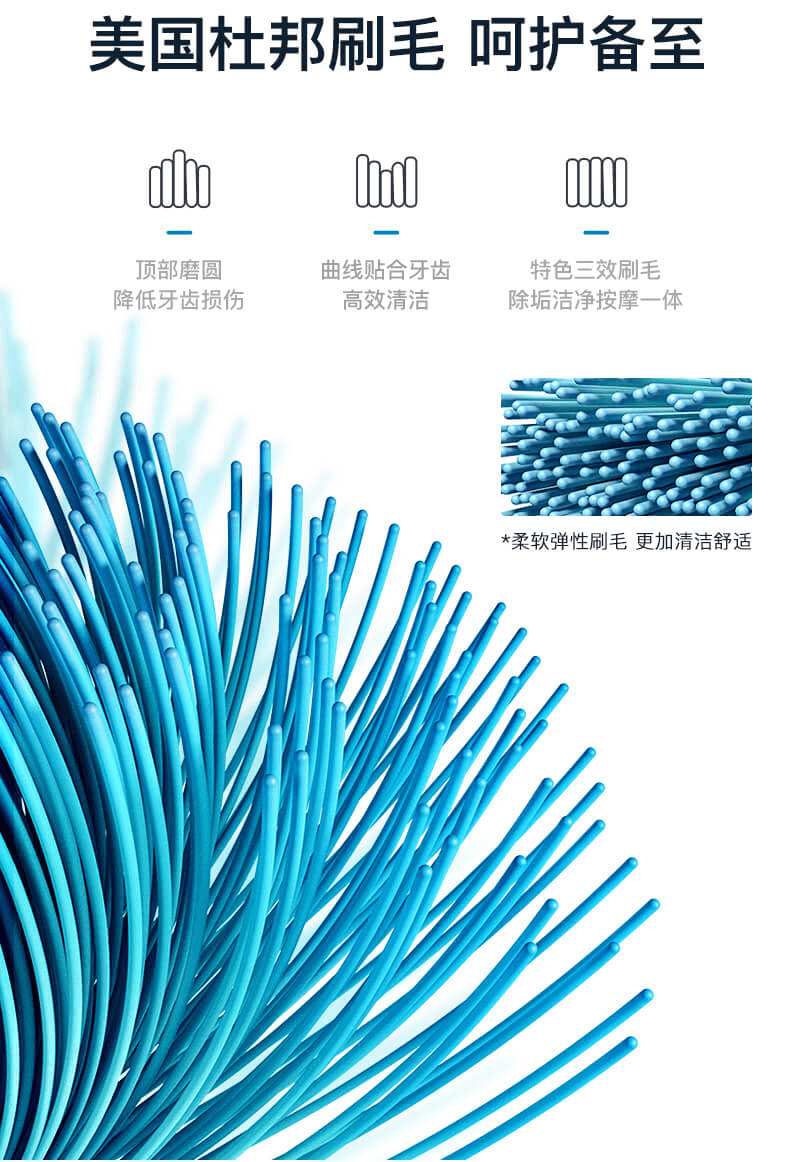
It is believed that many people who are new to electric toothbrushes may directly squeeze toothpaste onto the bristles. However, since the bristles of electric toothbrushes are harder than those of traditional toothbrushes, using them in the same way as a regular toothbrush may cause bleeding gums and tooth wear.
Therefore, when using an electric toothbrush, it's recommended to use the Proscenic H600w electric toothbrush, which comes with two brush head sizes designed to clean teeth gaps deeply, prevent cavities, remove stains, and promote oral health. The bristles are made of soft and elastic DuPont bristles from the United States, which can effectively reduce tooth wear. The curved design fits teeth more closely and cleans more thoroughly.
- Cleaning the electric toothbrush
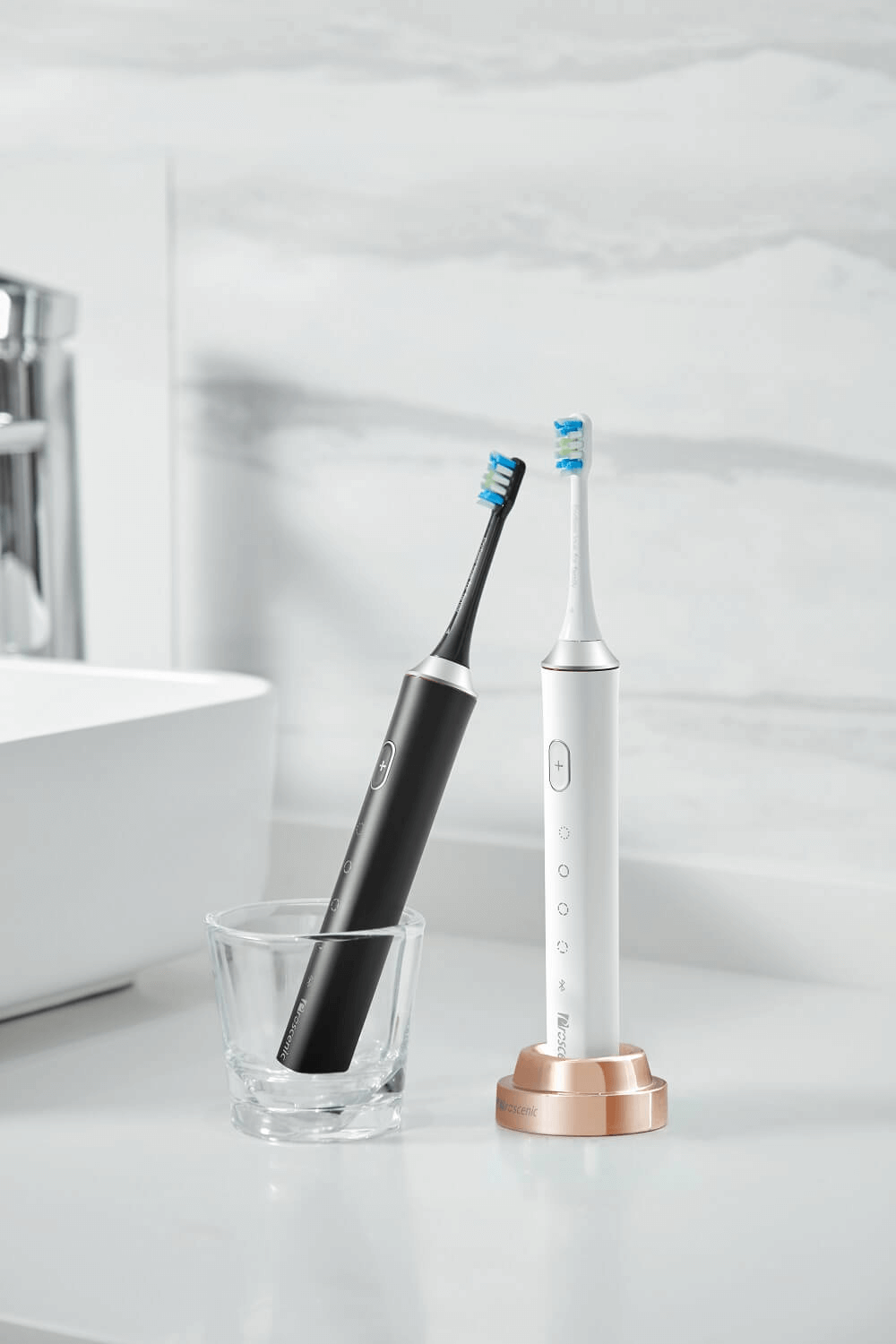
After brushing with a traditional toothbrush, many people rinse the brush directly under the faucet. However, it is not recommended to use an electric toothbrush this way. If the waterproof performance of the electric toothbrush is not good enough, excessive water flow can cause the brush head to deform and shorten the lifespan of the toothbrush.
After brushing, you can drink a glass of water and then put the brush head in the water, turn on the switch, let the brush head rotate for a few seconds, and the foam and dirt inside the toothbrush will be shaken out, making the brush head very clean.
These are some correct ways to use an electric toothbrush summarized by the author. If you think they're helpful, be sure to save them for future reference.

